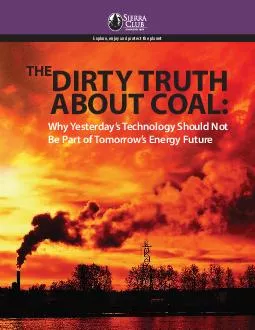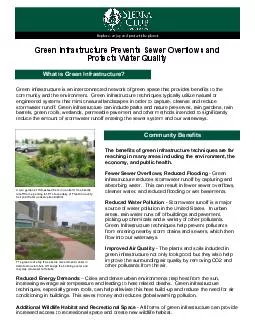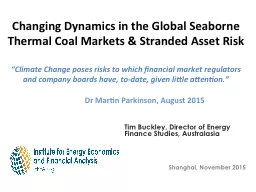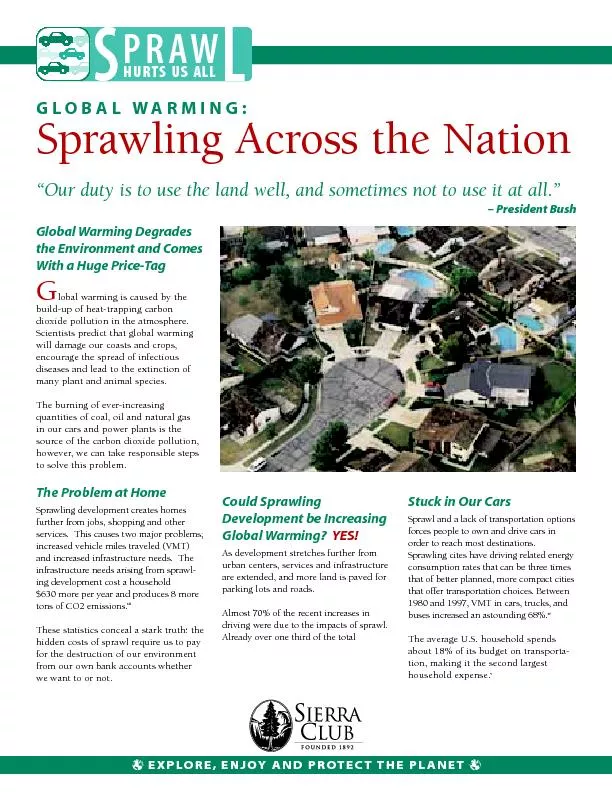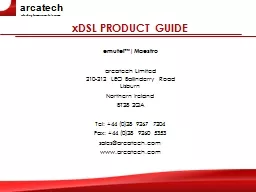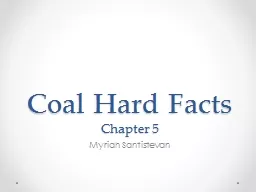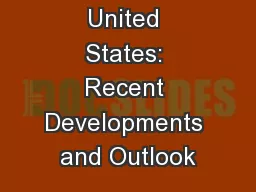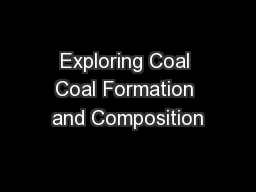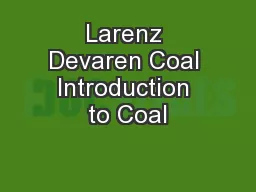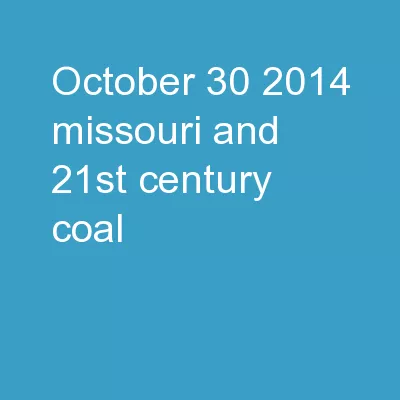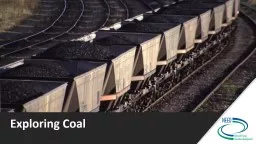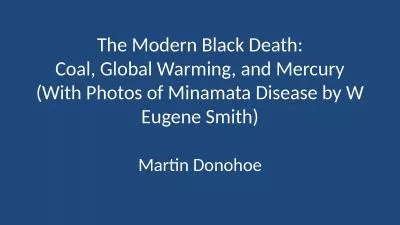PDF-THE DIRTY TRUTH ABOUT COAL Why Yesterdays Technology Should Not Be Part of Tomorrows Energy
Author : marina-yarberry | Published Date : 2014-10-27
3 million of your friends and neighbors Inspired by nature we work together to protect our communities and the planet The Club is Americas oldest largest and most
Presentation Embed Code
Download Presentation
Download Presentation The PPT/PDF document "THE DIRTY TRUTH ABOUT COAL Why Yesterday..." is the property of its rightful owner. Permission is granted to download and print the materials on this website for personal, non-commercial use only, and to display it on your personal computer provided you do not modify the materials and that you retain all copyright notices contained in the materials. By downloading content from our website, you accept the terms of this agreement.
THE DIRTY TRUTH ABOUT COAL Why Yesterdays Technology Should Not Be Part of Tomorrows Energy: Transcript
Download Rules Of Document
"THE DIRTY TRUTH ABOUT COAL Why Yesterdays Technology Should Not Be Part of Tomorrows Energy"The content belongs to its owner. You may download and print it for personal use, without modification, and keep all copyright notices. By downloading, you agree to these terms.
Related Documents

